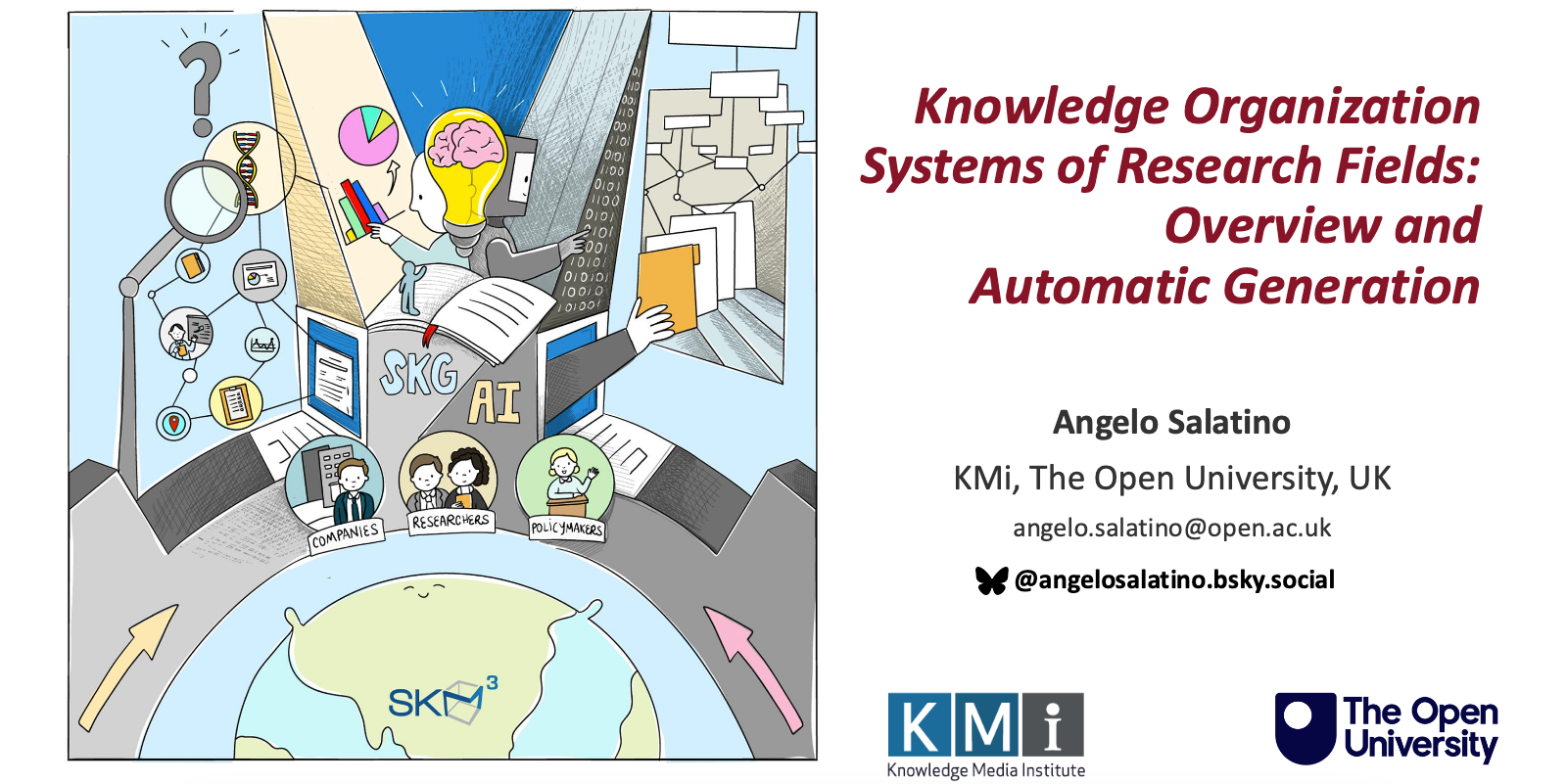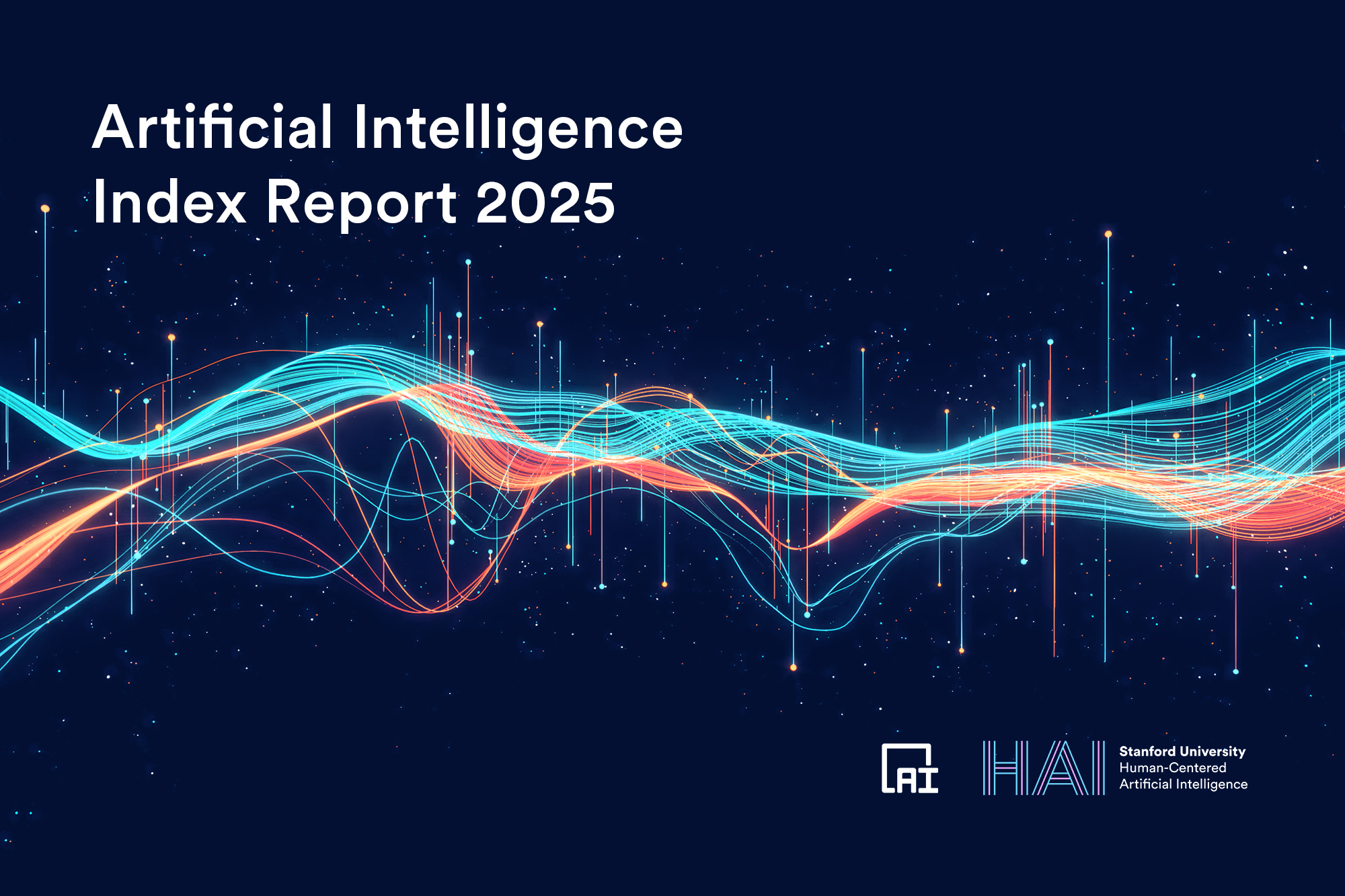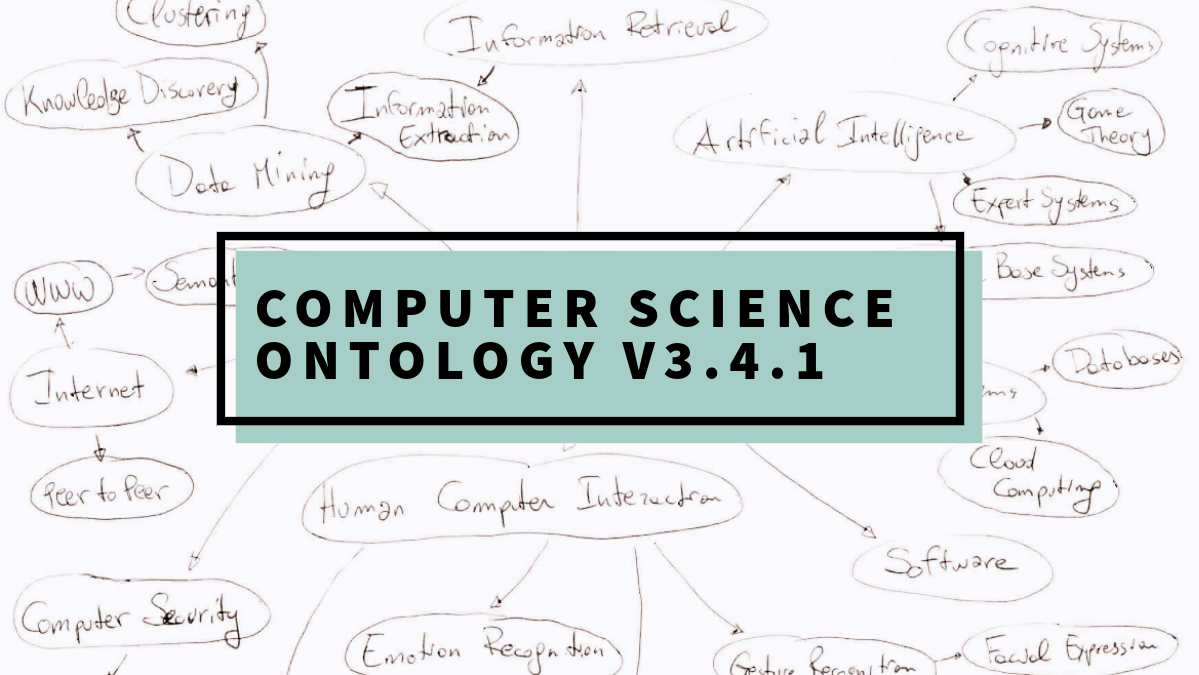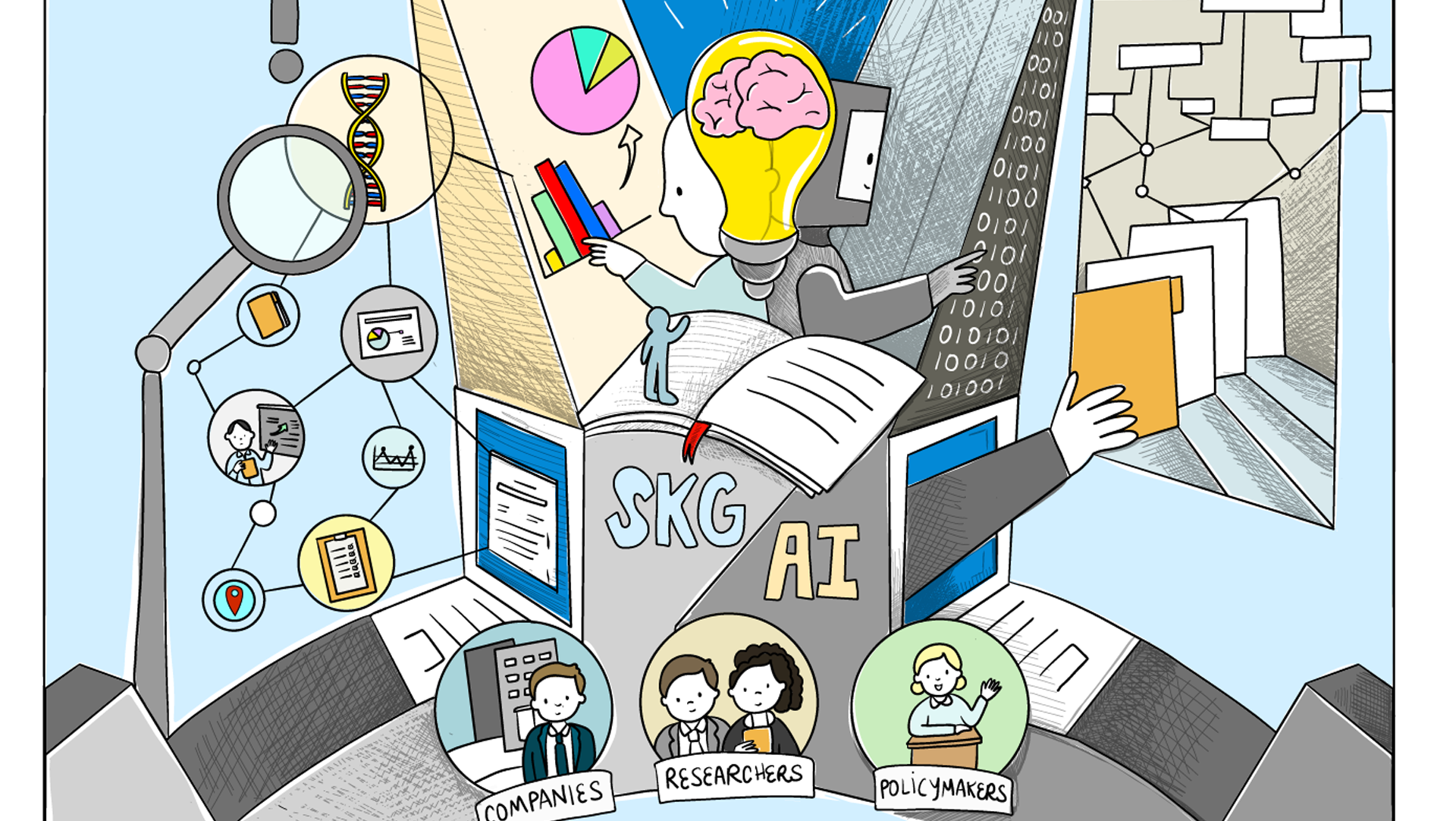The Computer Science Ontology (CSO) is a large-scale ontology of research areas that was automatically generated using the Klink-2 algorithm [1] on the Rexplore dataset [2], which consists of about 16 million publications, mainly in the field of Computer Science. The Klink-2 algorithm combines semantic technologies, machine learning, and knowledge from external sources to automatically generate a fully populated ontology of research areas. Some relationships were also revised manually by experts during the preparation of two ontology-assisted surveys in the field of Semantic Web and Software Architecture. The main root of CSO is Computer Science, however, the ontology includes also a few secondary roots, such as Linguistics, Geometry, Semantics, and so on.
CSO presents two main advantages over manually crafted categorisations used in Computer Science (e.g., 2012 ACM Classification, Microsoft Academic Search Classification). First, it can characterise higher-level research areas by means of hundreds of sub-topics and related terms, which enables to map very specific terms to higher-level research areas. Secondly, it can be easily updated by running Klink-2 on a set of new publications. A more comprehensive discussion of the advantages of adopting an automatically generated ontology in the scholarly domain can be found in [3].
For learning more about CSO, please consult the CSO Portal.
Data Model
The CSO model is an extension of the BIBO ontology which in turn builds on SKOS. It includes five semantic relations:
- relatedEquivalent, which indicates that two topics can be treated as equivalent for the purpose of exploring research data (e.g., Ontology Matching, Ontology Mapping).
- skos:broaderGeneric, which indicates that a topic is a sub-area of another one (e.g., Linked Data, Semantic Web)
- contributesTo, which indicates that the research outputs of one topic contributes to another. For instance, research in Ontology Engineering contributes to the Semantic Web, but arguably Ontology Engineering is not a sub-area of the Semantic Web – that is, there is plenty of research in Ontology Engineering
- rdf:type, this relation is used to state that a resource is an instance of a class. For example, a resource in our ontology is an instance of topic.
- rdfs:label, this relation is used to provide a human-readable version of a resource’s name.
- primaryLabel, this relation is used to state the main label for topics belonging to a cluster of relatedEquivalent. For instance, the topics ontologyand ontologies will both have their primaryLabel set to ontology. This predicate is not visible in the explorer.
- owl:sameAs, this relation indicates that a research concepts is identical to an external resource. We used DBpedia Spotlight to connect research concepts to Dbpedia.
Download
All the versions of CSO are available in the download section of the CSO Portal.
Applications
CSO ontology is used by a variety of applications and methodologies:
Smart Topic Miner. The Smart Topic Miner (STM) [4] is a tool which uses semantic web technologies to classify scholarly publications on the basis of a very large automatically generated ontology of research areas. It was developed to support the Springer Nature Computer Science editorial team in classifying proceedings. A demo of the system is available at http://rexplore.kmi.open.ac.uk/STM_demo.
Smart Book Recommender. The Smart Book Recommender (SBR) [5] is a semantic application designed to support the Springer Nature editorial team in promoting their publications at Computer Science venues. It takes as input the proceedings of a conference and suggests books, journals, and other conference proceedings which are likely to be relevant to the attendees of the conference in question. A demo of the system is available at http://rexplore.kmi.open.ac.uk/SBR_demo/.
Rexplore. Rexplore [2] is a system which leverages novel solutions in large-scale data mining, semantic technologies and visual analytics, to provide an innovative environment for exploring and making sense of scholarly data.
EDAM methodology. EDAM [6] is a novel expert-driven automatic methodology for creating Systematic Reviews that keep human experts in the loop, but does not require them to check all papers included in the analysis.
Research Communities Map Builder. Temporal Semantic Topic-Based Clustering (TST) [7, 8] is an approach for detecting research communities by clustering researchers according to their research trajectories, defined as distributions of topics over time.
If you are using CSO in your system, please contact us and we will add it to this list.
Licence
This work is licensed under a Creative Commons Attribution 4.0 International License.
Relevant Papers
[1] Osborne, F. and Motta, E. (2015) Klink-2: Integrating Multiple Web Sources to Generate Semantic Topic Networks, International Semantic Web Conference 2015, Bethlehem, Pennsylvania, USA
[2] Osborne, F., Motta, E. and Mulholland, P. (2013) Exploring Scholarly Data with Rexplore, International Semantic Web Conference, Sydney, Australia
[3] Osborne, F. and Motta, E. (2012) Mining Semantic Relations between Research Areas, International Semantic Web Conference, Boston, MA
[4] Osborne, F., Salatino, A., Birukou, A. and Motta, E. (2016) Automatic Classification of Springer Nature Proceedings with Smart Topic Miner. International Semantic Web Conference 2016, Kobe, Japan. – slides
[5] Osborne, F., Thanapalasingam, T., Salatino, A., Birukou, A., and Motta, E. (2017) Smart Book Recommender: A Semantic Recommendation Engine for Editorial Products. International Semantic Web Conference 2017, Poster Track. Vienna, Austria.
[6] Osborne, F., Lago, P., Muccini, H., Motta, E. (2018) Reducing the Effort for Systematic Reviews in Software Engineering.
[7] Osborne, F., Scavo, G. and Motta, E. (2014) A Hybrid Semantic Approach to Building Dynamic Maps of Research Communities, EKAW 2014, Linkoping, Sweden.
[8] Osborne, F., Scavo, G. and Motta, E. (2014) Identifying diachronic topic-based research communities by clustering shared research trajectories, Extended Semantic Web Conference 2014, Crete, Greece.
